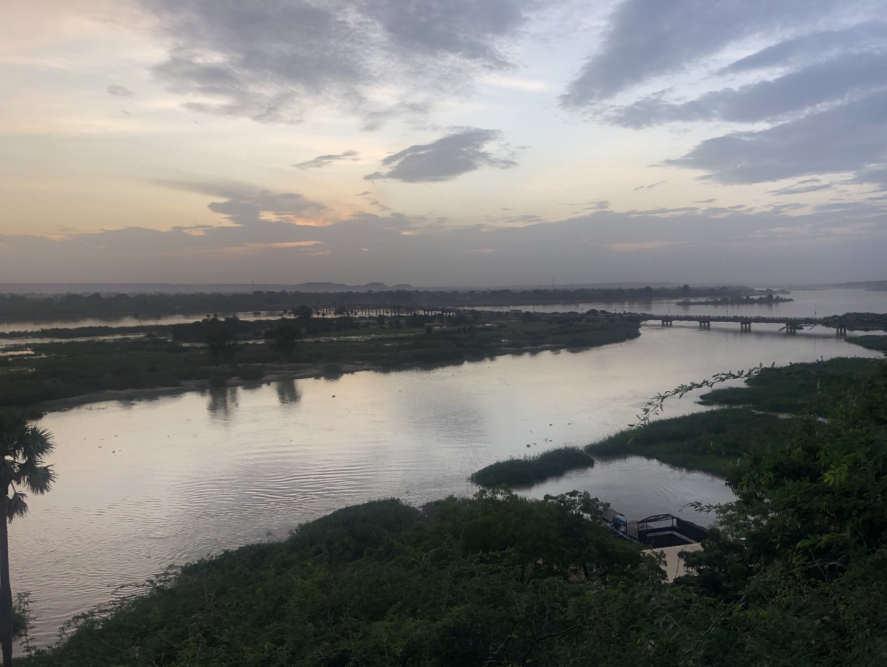Our Center for Climate and Life Fellows are a group of leading Columbia University scientists whose research investigates the critical issue of climate change and how it will impact humanity. Read on to learn more about their recent research progress and work in the news.
Atmospheric scientist Chia-Ying Lee, a 2017 Climate and Life Fellow, participated in the Bermuda Climate Risk Forum in late October. Lee was part of a panel discussion on the challenges of climate change and sea-level rise facing islands. Lee, an expert on tropical cyclone risk, is also featured in an October Fortune article that describes how SwissRe, the world’s biggest reinsurer, is confronting the financial impact of the climate crisis with help from a team of Columbia University scientists that includes Lee.
Research by geochemists Joerg Schaefer and Gisela Winckler, 2017 Climate and Life Fellows, led to the discovery that the Greenland ice sheet almost completely melted at least once in the last two million years. The finding suggests the ice sheet is much more unstable than scientists previously thought. A recent Science article discusses how new analyses of mud from Greenland’s ancient land surface confirm their funding and summarizes an October workshop on the subject attended by Schaefer.
Bioclimatologist Park Williams, a 2016 Climate and Life Fellow, provided expert commentary to The Atlantic, The New York Times, and other media outlets on the relationship of climate change to the current California wildfires. An August 2019 study published in Earth’s Future and led by Williams found that “Since the early 1970s, California’s annual wildfire extent increased fivefold, punctuated by extremely large and destructive wildfires in 2017 and 2018. This trend was mainly due to an eightfold increase in summertime forest‐fire area and was very likely driven by drying of fuels promoted by human‐induced warming.”
Learn more about our Center for Climate and Life Fellows and sign up for our newsletter to receive quarterly updates about Center activities.

